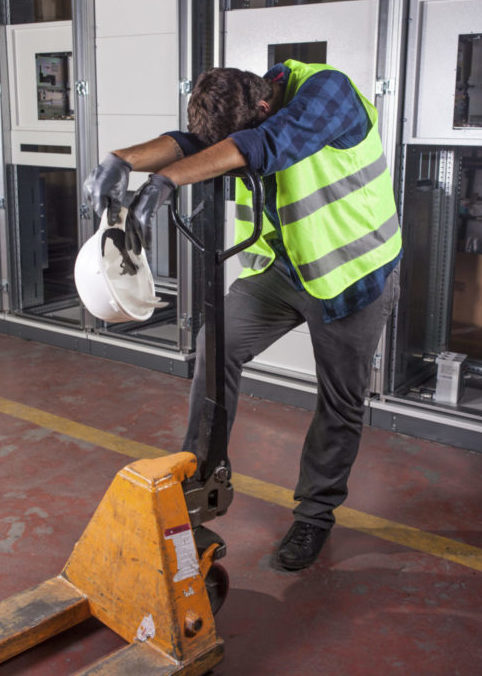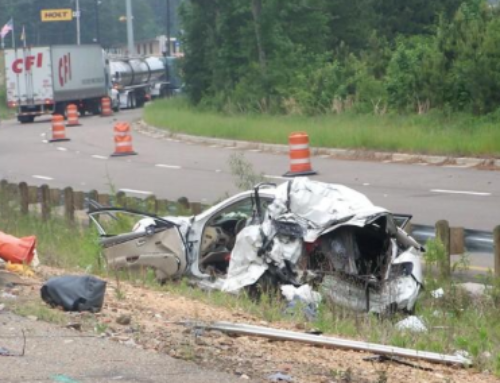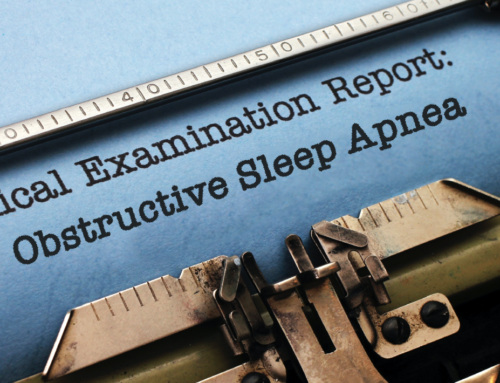
The New Week Begins with Less Sleep, Again…
Many of us lost an hour of sleep this weekend due to Daylight Saving Time. We “lose” an hour when the clocks are set forward (except in Hawaii and most of Arizona), and for many that means a tired couple of days as our bodies adjust.
Sleep has become viewed as a luxury verses a necessity in our current society.
Every day you can find a new article highlighting the benefits of sleep. The number of products pointed at consumers to gain better sleep is unending. A few facts to consider and share with your Safety team as folks head out to work, on the road, and simply adjusting to the loss of one hour of sleep. Do your part to help combat fatigue in the workplace and for our own health.
The idea of resetting clocks forwards an hour in the spring and back an hour in the fall was first suggested by Benjamin Franklin in his essay “An Economical Project for Diminishing the Cost of Light,” which was published in the Journal de Paris in April 1784.
Franklin’s suggestion was largely overlooked until it was brought up again in 1907 by Englishman William Willett, who penned a pamphlet called “The Waste of Daylight.” Although the British House of Commons rejected Willett’s proposal to move the clock forward one hour in the spring and back again in autumn in 1908, British Summer Time was introduced by the Parliament in 1916.
Many other countries change their clocks when adjusting to summer time, but the United States only began doing so towards the end of World War I in an attempt to conserve energy. The House of Representatives voted 252 to 40 to pass a law “to save daylight,” with the official first daylight saving time taking place on March 15, 1918. This was initially met with resistance according Michael Downing, author of the book “Spring Forward: The Annual Madness of Daylight-Saving Time.”
Despite much opposition, officials enforced the time change until 1919, and allowed state and local governments to decide whether to continue the practice. It was reinstituted during World War II but, again, after the war the decision fell to the states.
In fact, even when Congress officially made the time change a law under the Uniform Time Act of 1966, it only stated that if the public decided to observe daylight savings time it must do so uniformly. Hawaii and Arizona (with the exception of the Navajo Reservation), still choose not to partake in the convention, as do some U.S. territories, including American Samoa, Guam, Puerto Rico and the Virgin Islands.
People often make light of how little sleep they get on a regular basis; as overworked and overtired become the norm for many. But a good night’s sleep is not just a novelty, it’s a necessity. The effects of fatigue are far-reaching and can have an adverse impact on all areas of our lives.
The National Safety Council suggests…
Shift Work often requires us to override our natural sleep patterns. More than 43% of workers are sleep-deprived, and those most at risk work the night shift, long shifts or irregular shifts. Following are a few facts for employers:
- Safety performance decreases as employees become tired
- 62% of night shift workers complain about sleep loss
- Fatigued worker productivity costs employers $1,200 to $3,100 per employee annually (testing and treating sleep apnea can cost less than this by the way)
- Employees on rotating shifts are particularly vulnerable because they cannot adapt their “body clocks” to an alternative sleep pattern
Drowsy driving is impaired driving, but while we wouldn’t allow a friend to drive drunk, we rarely take the keys away from our tired friends or insist they take a nap before heading out on the road NSC has gathered research that shows:
- You are three times more likely to be in a car crash if you are fatigued
- More than 5,000 people died in drowsy-driving related crashes in 2014
- Losing even two hours of sleep is similar to the effect of having three beers
- Being awake for more than 20 hours is the equivalent of being legally drunk
Sleep is a vital factor in overall health. Adults need an average of 7 to 9 hours of sleep each night, but 30% report averaging less than six hours, according to the National Health Interview Survey.
- Chronic sleep-deprivation causes depression, obesity, cardiovascular disease and other illnesses
- Fatigue is estimated to cost employers $136 billion a year in health-related lost productivity
- More than 70 million Americans suffer from a sleep disorder
Fatigue Calculator for your business
NSC Fatigue Calculator: https://www.nsc.org/forms/real-costs-of-fatigue-calculator
At SleepSafe Drivers we help businesses address Sleep and Fatigue to improve worker wellness.
Resources:
www.sleepsasfedrivers.com
www.nsc.org
Mary Convey
Vice President, Corporate Health & Safety Solutions
Mary brings over 15 years of sleep and respiratory experience from the manufacturing side. She has extensive knowledge in sleep diagnostics and therapy from her experience in sales with both Embla (now Natus) and Puritan Bennett. With Embla, Mary served as Distributor Manager, working primarily with Home Sleep Testing companies in the US and Australia. Mary has developed national relationships with Sleep Labs and DME partners who now share in the SleepSafe Drivers model.






